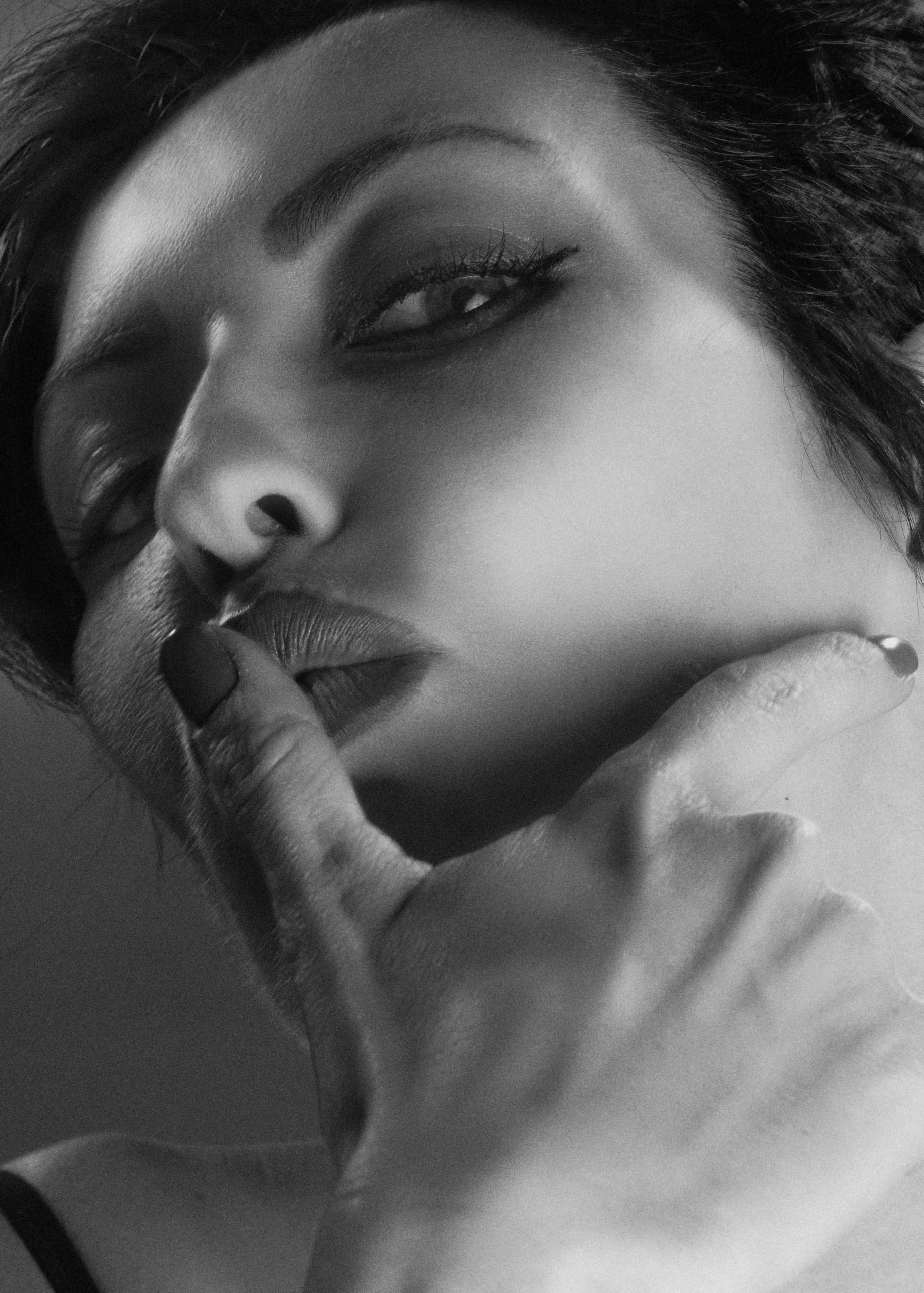In recent years, virtual reality (VR) technology has become increasingly prevalent in the art world. Artists and creators are harnessing the power of VR to push boundaries and create immersive, interactive experiences that were previously unimaginable. From virtual galleries to VR-enhanced performances, the possibilities are endless.
Breaking Down Boundaries
One of the most intriguing aspects of VR in art is its ability to break down traditional boundaries. With VR, artists can create three-dimensional worlds that users can explore and interact with in ways that go beyond the limitations of physical space. This opens up new possibilities for expression and creativity, allowing artists to stretch their imaginations and challenge viewers in ways that were previously impossible.
Immersive Experiences
VR technology allows artists to create immersive experiences that transport viewers to new worlds and perspectives. Through VR headsets, users can step into a painting, walk through a sculpture, or even interact with the artwork itself. This level of immersion allows for a deeper connection between the viewer and the art, enhancing the overall experience and enabling artists to convey their messages more effectively.
Interactive Art
One of the most exciting aspects of VR in art is its potential for interactivity. Artists can create virtual installations that respond to the viewer’s movements and actions, allowing for a dynamic and personalized experience. This interactivity blurs the line between creator and audience, inviting viewers to become active participants in the artistic process.
Accessibility and Inclusivity
VR technology also has the potential to make art more accessible and inclusive. Virtual galleries can be accessed from anywhere in the world, allowing viewers to experience exhibitions that they may not have had the opportunity to see in person. This opens up the art world to a broader audience, breaking down barriers of geography and socioeconomic status.
Challenges and Opportunities
Despite its many advantages, VR in art also poses challenges. Not all artists have access to the resources and technical skills required to create VR experiences, and the technology itself is constantly evolving. However, these challenges also present opportunities for collaboration and innovation, as artists and technologists work together to push the boundaries of what is possible in the art world.
The Future of VR in Art
As VR technology continues to advance, its role in the art world is only set to grow. The possibilities for creating immersive, interactive, and boundary-pushing experiences are endless, and artists are only beginning to scratch the surface of what is possible. Virtual reality has the power to revolutionize how we experience and interact with art, opening up new possibilities for creativity, collaboration, and expression.
With VR technology, the future of art is limited only by our imaginations.
Join us in exploring the exciting world of virtual reality in modern art!
